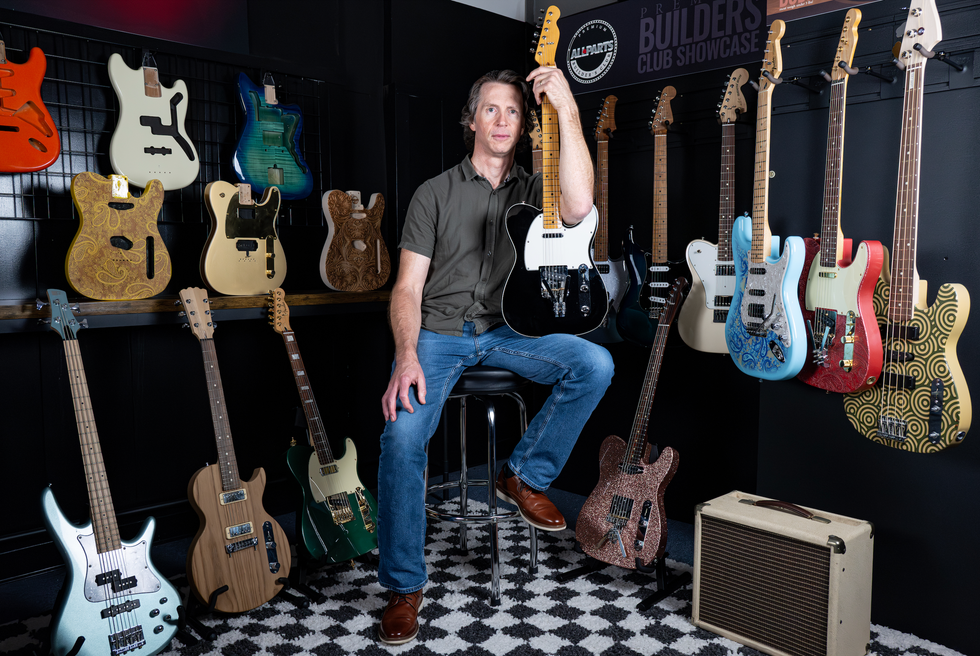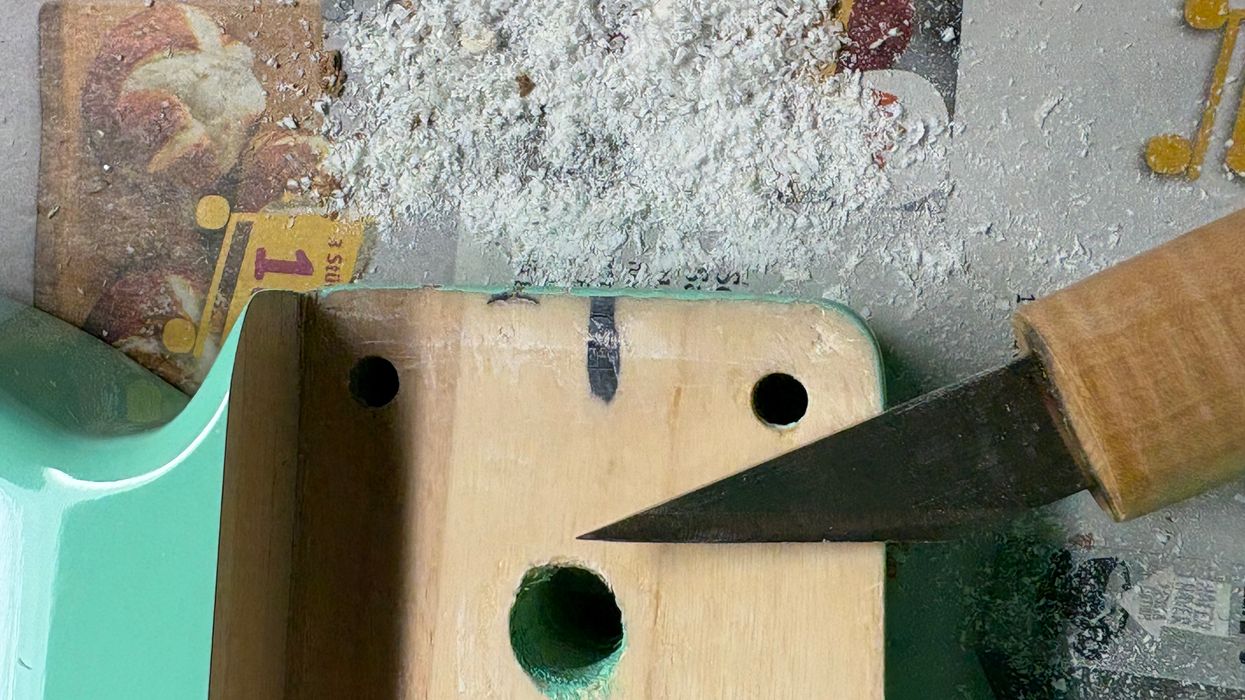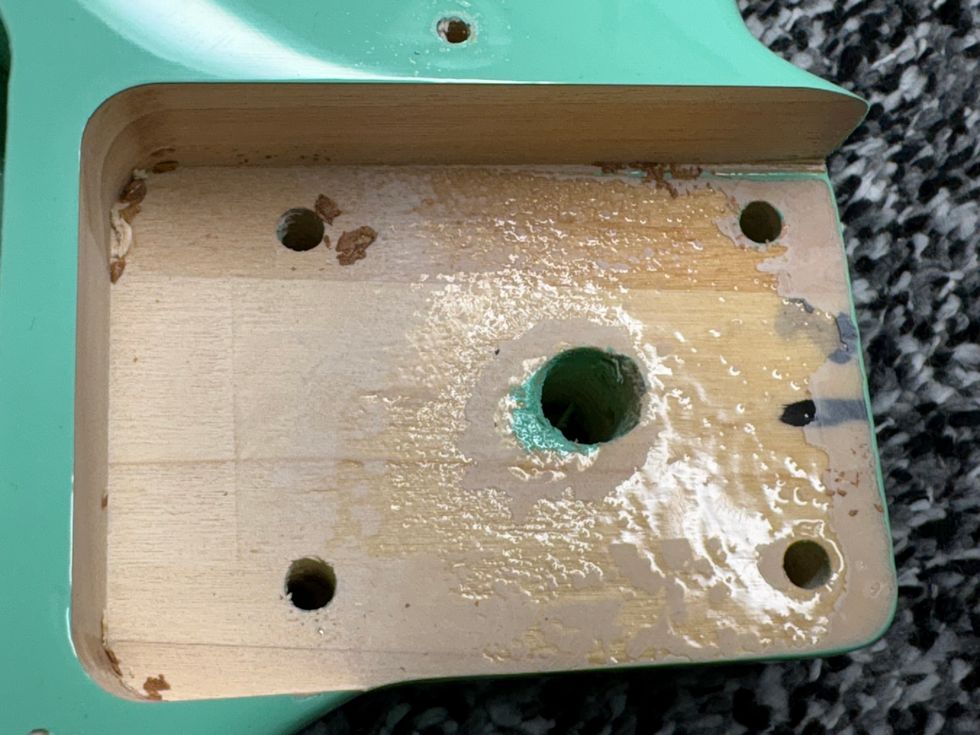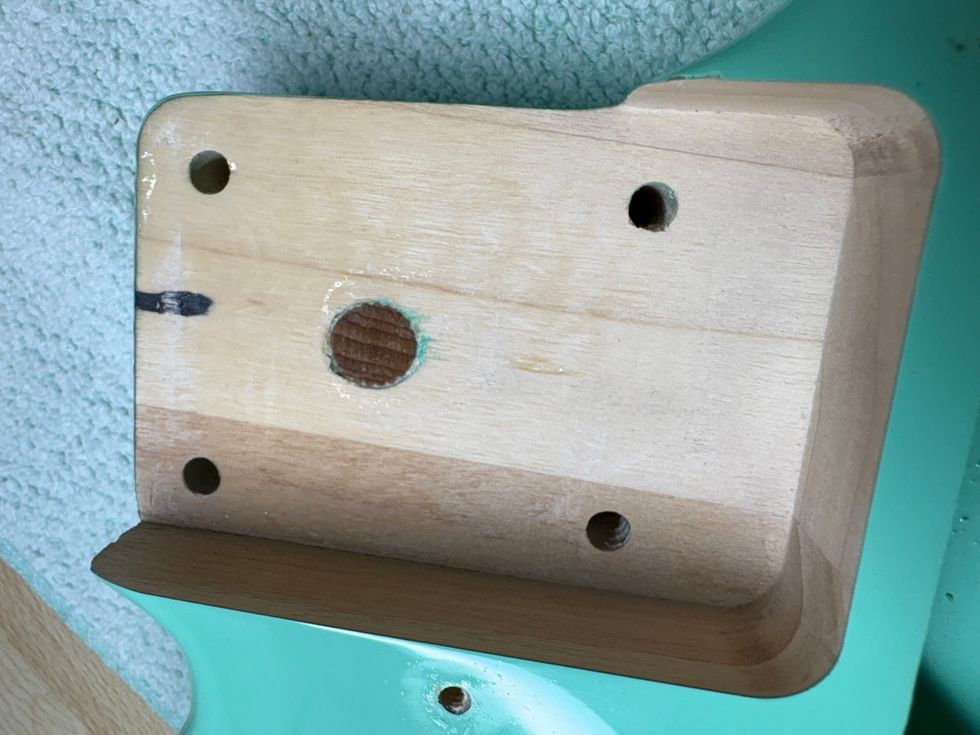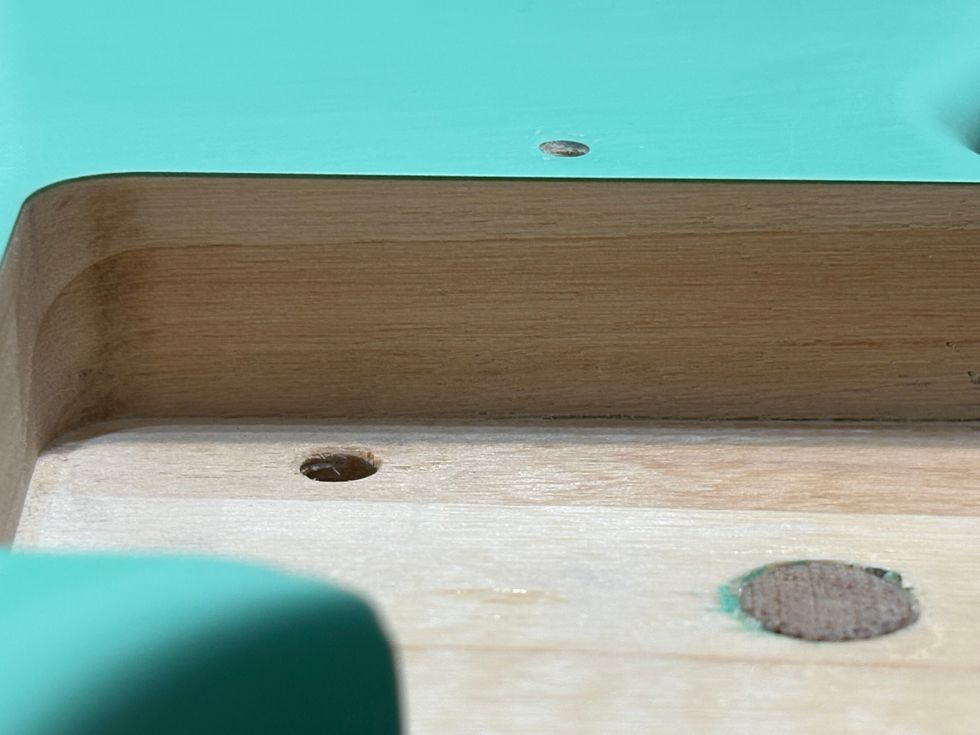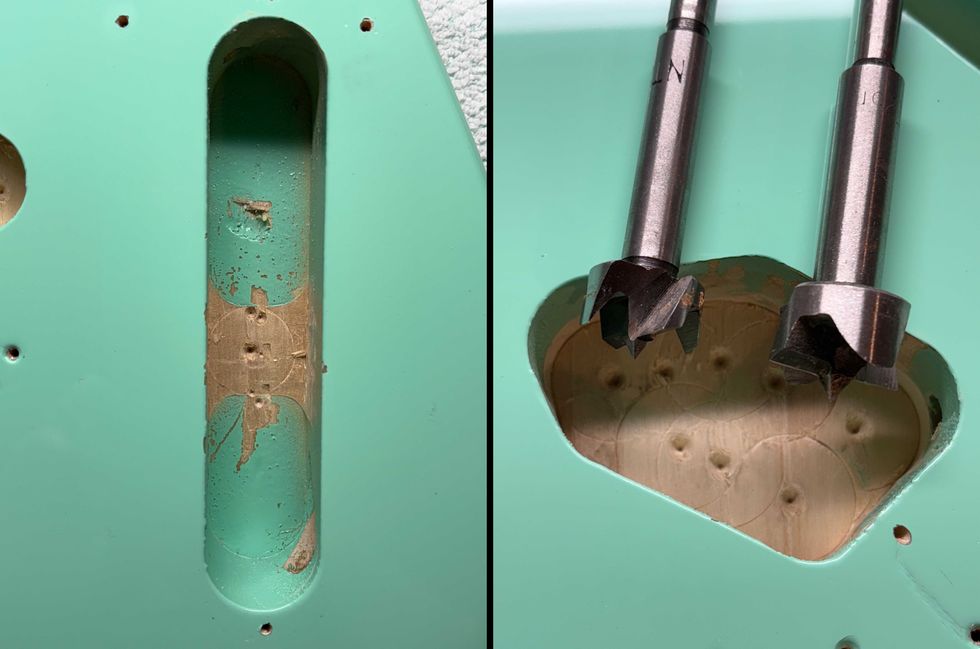This month’s column brings together ideas from a few of my previous columns and applies them to gigs I’ve done recently. In particular, those columns have discussed finding a versatile rig (Nov. 2007), learning how to use it (Mar. 2008, Nov. 2009, and Feb. 2010), and branching out beyond the basic 4-string (May 2009)—all ideas that can help you become a versatile player who gets more gigs.
Choosing Versatile Gear
In a web-exclusive “On Bass” column from Nov. 2007, I wrote about searching for a portable, powerful, versatile rig to be used mainly with upright bass. At the time, I had settled on a small Acoustic Image Claus amp that put out 400 watts and a Euphonic Audio Wizzy cab with one 12" speaker and transmission- line porting that weighed less than 30 pounds. Since then, I’ve liked that cab so much that I bought a second, plus a similar model from the same company that has a 10" speaker. I also picked up a two-channel Euphonic Audio Micro amp, which is among the many great offerings of micro-sized bass amps now reaching the bass world. I still use the AI sometimes, but I really like the Micro’s two channels. Together, this gear forms a flexible and lightweight setup that can be adapted to almost everything I get myself into—not just acoustic-bass stuff. Now I’ll show how this gear fits my gigs.
Gig #1: Electric Blues
This gig was in a medium-sized tavern with PA support. The band had drums, bass, guitar and harmonica (plus shared vocals), and my rig was the Euphonic Audio Micro head with a stacked pair of 1x12 Wizzy cabs. When I plugged my amp’s DI into the PA, I got some hum, which suggested a ground loop between my rig and the in-house sound system. Because my amp didn’t have a ground-lift switch, I ran an MXR Bass DI+ box out of the amp’s effects send and all was good. I plugged my four-string 1981 G&L L-1000 electric into one channel and an Azola BugBass upright into the other. Each channel had its own gain and EQ settings, so I could switch quickly between the two instruments with the push of a button. Having one of the cabs up off the floor made my basses easy to hear, too.
Gig #2: Wine-Bar Blues
This place had a tiny space for us to play in. The instruments were guitar, bass and harmonica, plus vocals, and we needed to keep the volume down. This time, I went with my Azola upright into the EA Micro and the 1x10 Wizzy—which barely squeezed into my spot on the floor. I’m happy to report that the tiny bass rig did its job with volume to spare and plenty of bottom end. Having that little cab made the load-in a breeze, too.
Gig #3: Opening Act
At this gig, our four-piece blues band opened for a national act in a big ballroom. Unlike the other gigs, this show provided backline— a pair of SWR WorkingPro 4x10 cabs powered by an SWR WorkingPro 700-watt top. I’d never used a pair of 4x10 cabs before, but I was pleased not to have hauled it all in.
The SWR head was a single-channel amp, and I needed to play electric and electric upright, so I set up a Boss AB-2 pedal to switch between the two and set compromise volume and tone settings. Because I had owned three different SWR amps in the past, I was able to dial in my sound quite easily. The stage was boomy, so when it came time for soundcheck, rather than just turning up more and more, I kept the amp’s bass EQ flat and bumped up the midrange. That helped my sound cut through the onstage mix and cleaned things up a little. This worked especially well because the amp sent its DI signal before any EQ settings. Then the sound tech could mix for the house, tweaking the bottom and overall level.
The headline act soundchecked first, and their bass player did something clever— before leaving the stage, he pulled out an iPhone and took a photo of his EQ settings. When he got back onstage later that night, the photo reference helped him get back to his own settings quickly.
Gig #4: Going to the Big Show and Locking In
Finally, I just finished a musical theater production that had a 29-piece orchestra. For this gig, I brought my Azola upright to help squish into the cramped playing quarters. My rig started with the EA Micro and Wizzy 1x12 cab. We quickly found that the group could come unlocked rhythmically because of the wide seating arrangement. The electronic keyboard had only a small onboard amp and speaker and couldn’t be heard by players more than a few feet away—and that keyboard player needed to drive the whole group! My solution was to grab an instrument cable and plug it from the keyboard’s mono out into the second channel of my bass amp. I pointed the speaker toward the drummer so he could hear the keyboard and lock in, but the horns were still disconnected from the rhythm players. The next night, I brought a second Wizzy 1x12 and a 25' speaker cable, running it across to the horns. Voila! Now they, too, could lock with the rhythm section and the whole show was glued together.
Musical Versatility + Gear Versatility = Success
Okay, I’ve had a chance to show how ideas from some of my previous “On Bass” columns— versatile rig, versatile instruments, comfort in a variety of musical genres—fit together to help you get more gigs. Through this, I’m able to keep as musically busy as I can with my day-job schedule. And it’s a good way to keep things interesting!
Dan Berkowitz
Dan is a professor by day and a bass player when the sun goes down. He plays both electric and upright bass in blues, jazz and pit settings.




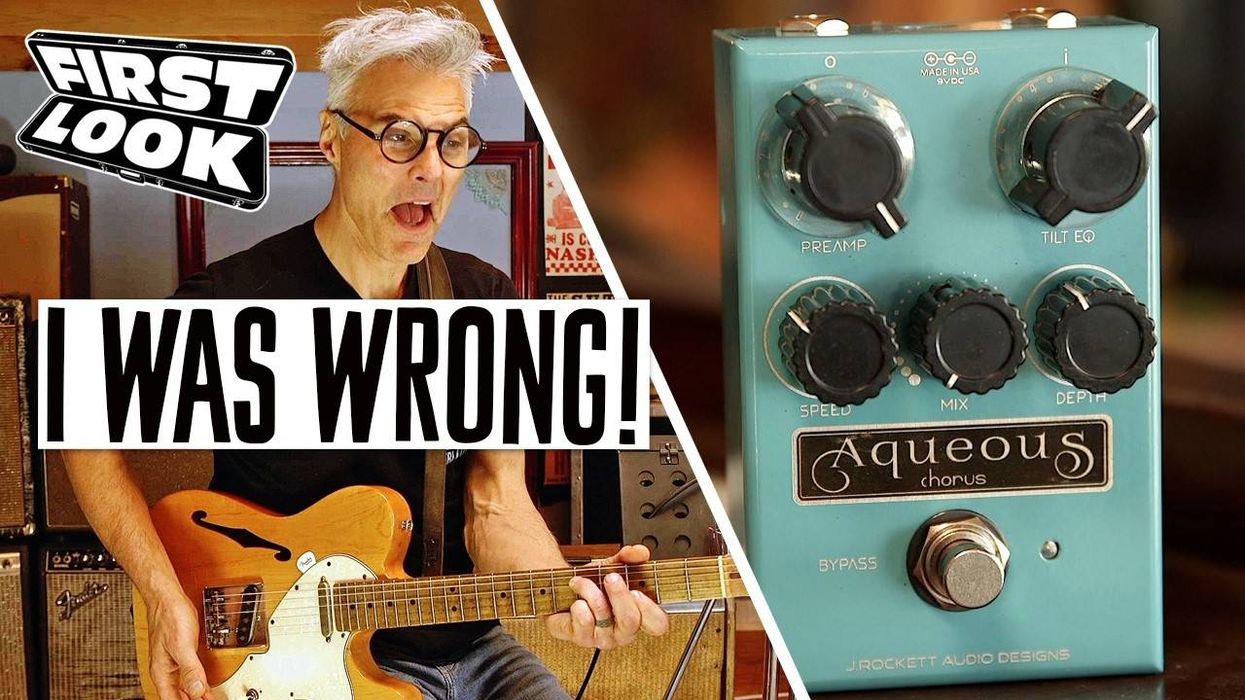


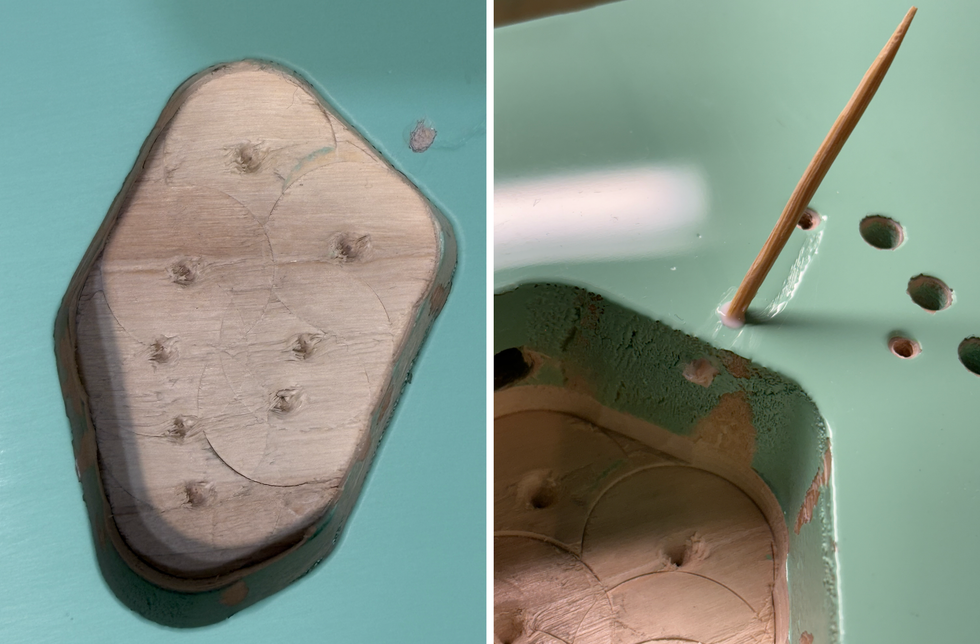
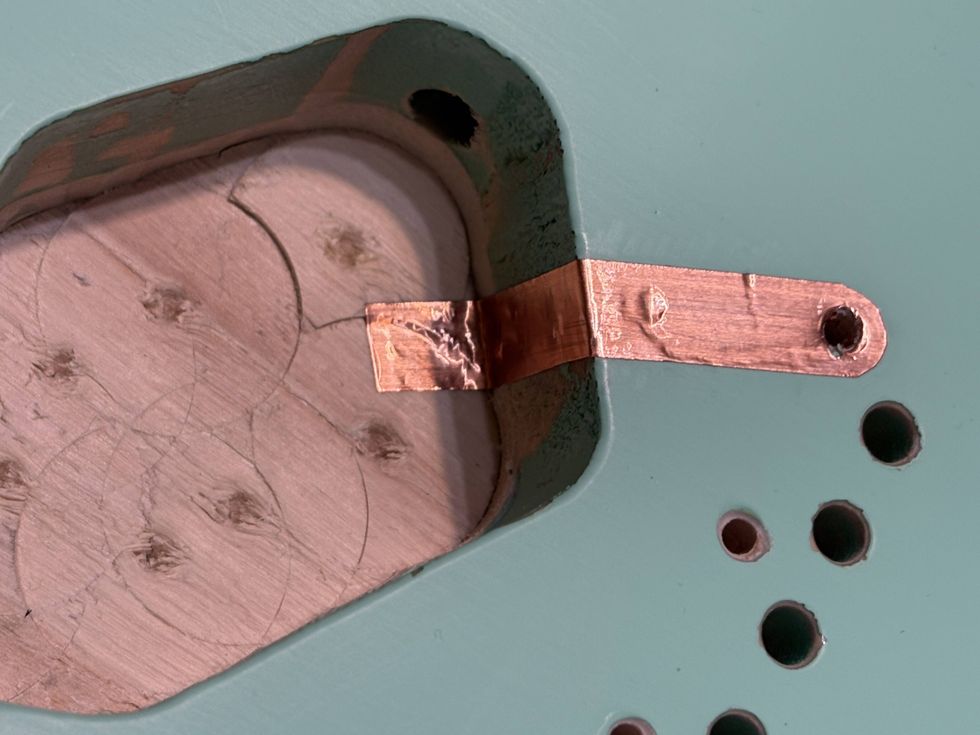
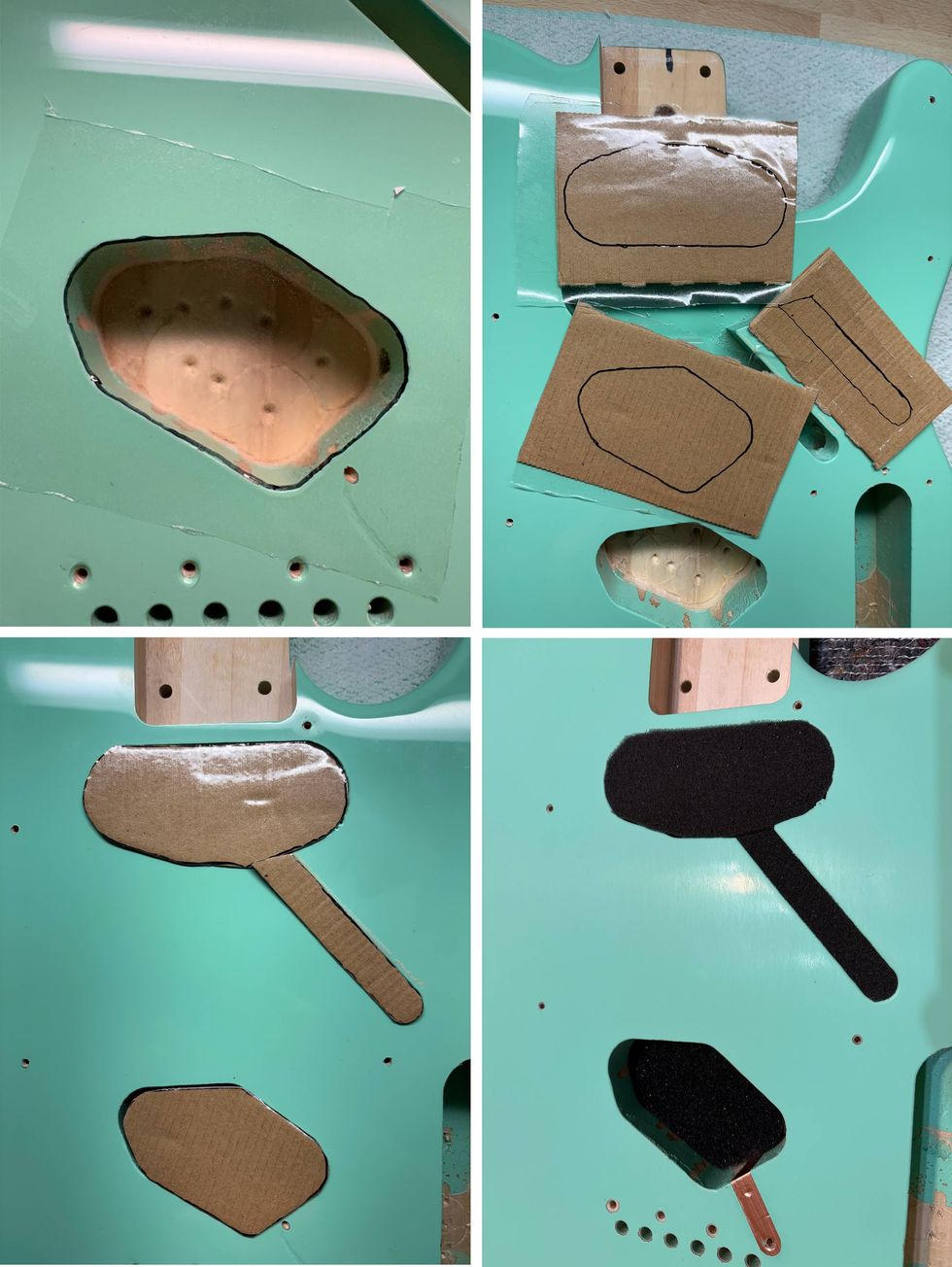
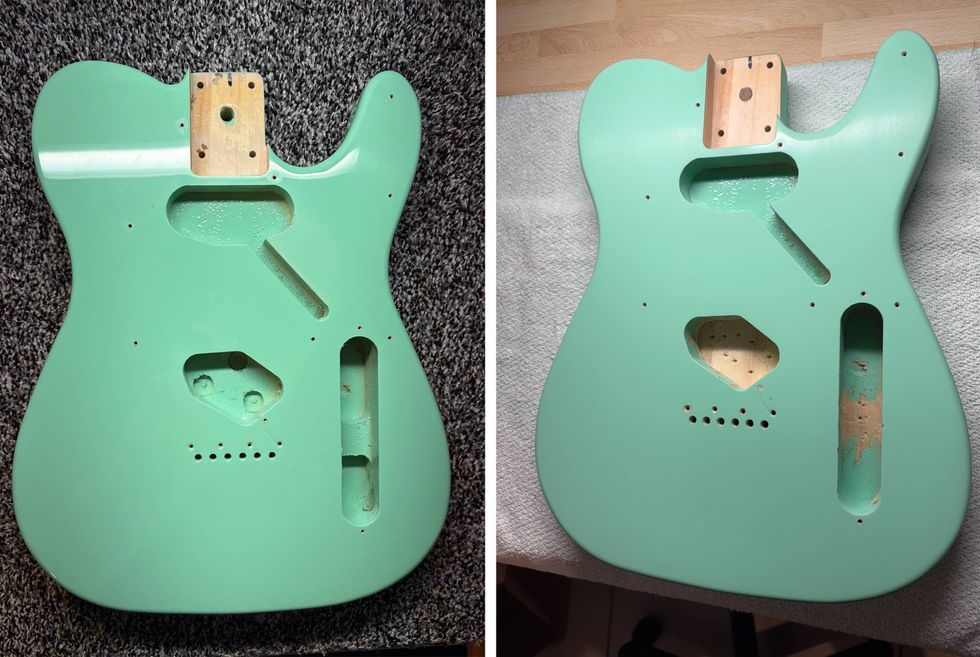



![Rig Rundown: Russian Circles’ Mike Sullivan [2025]](https://www.premierguitar.com/media-library/youtube.jpg?id=62303631&width=1245&height=700&quality=70&coordinates=0%2C0%2C0%2C0)

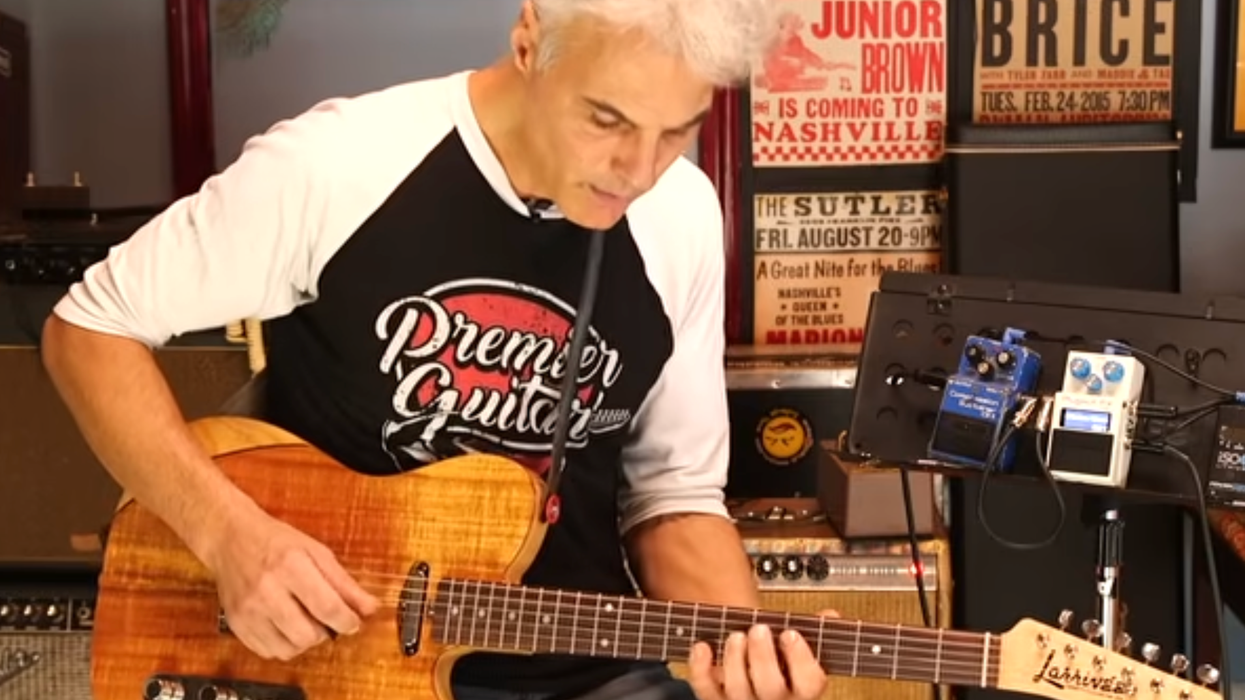
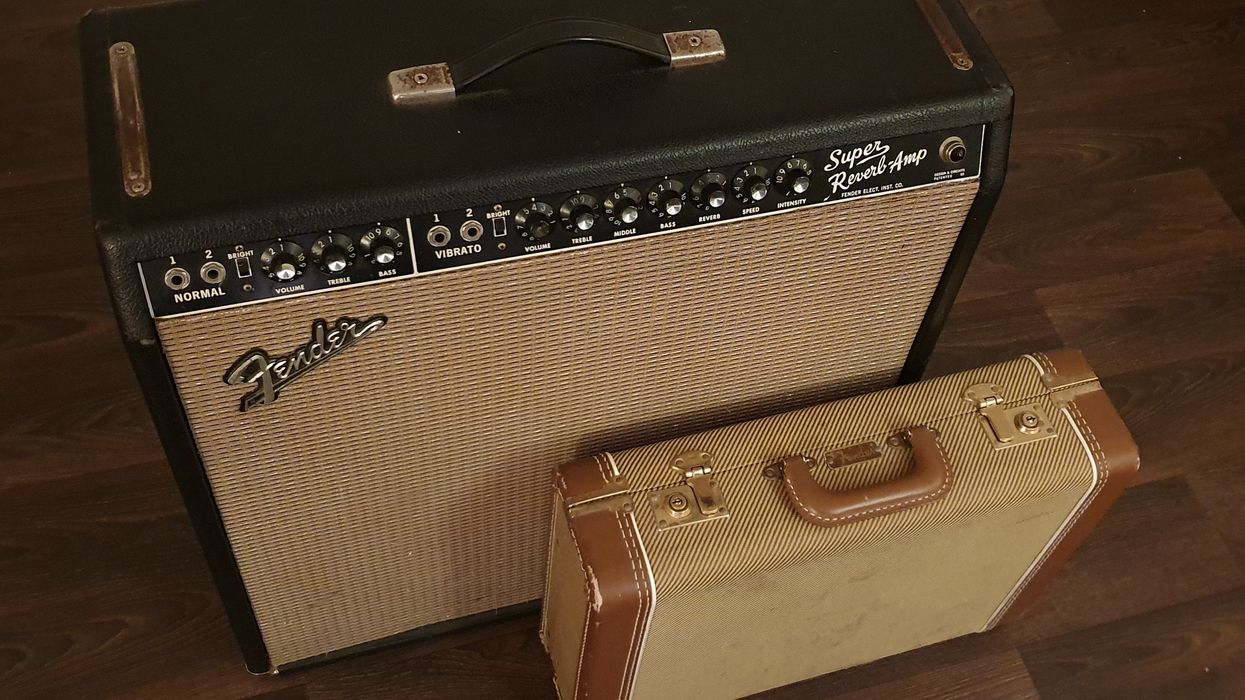
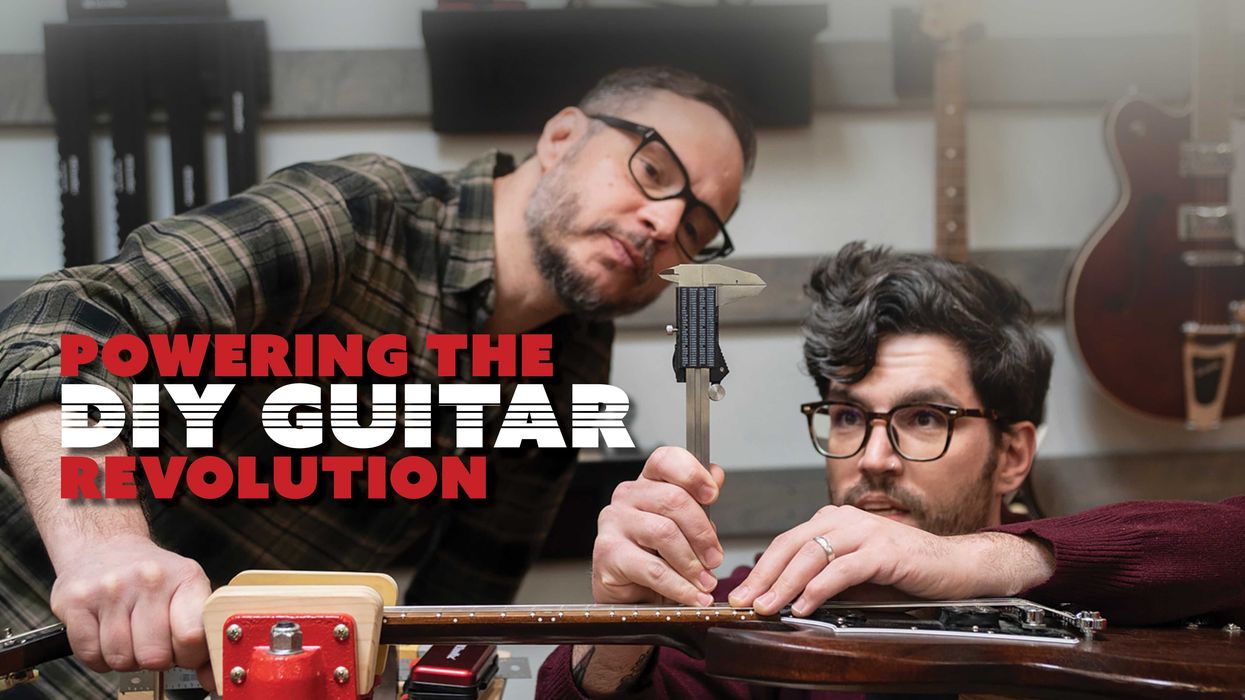
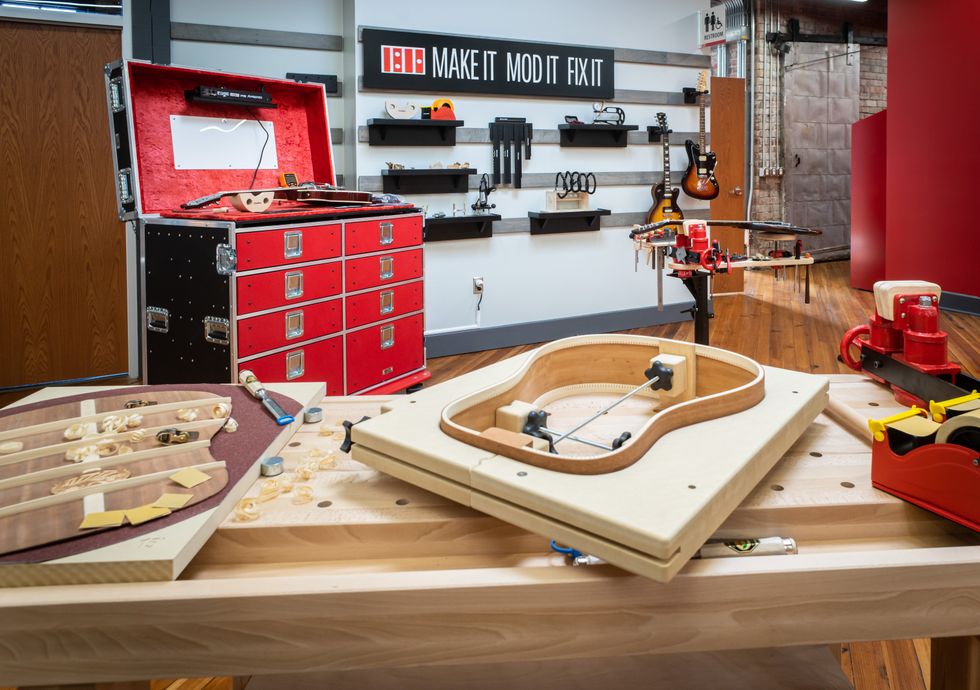
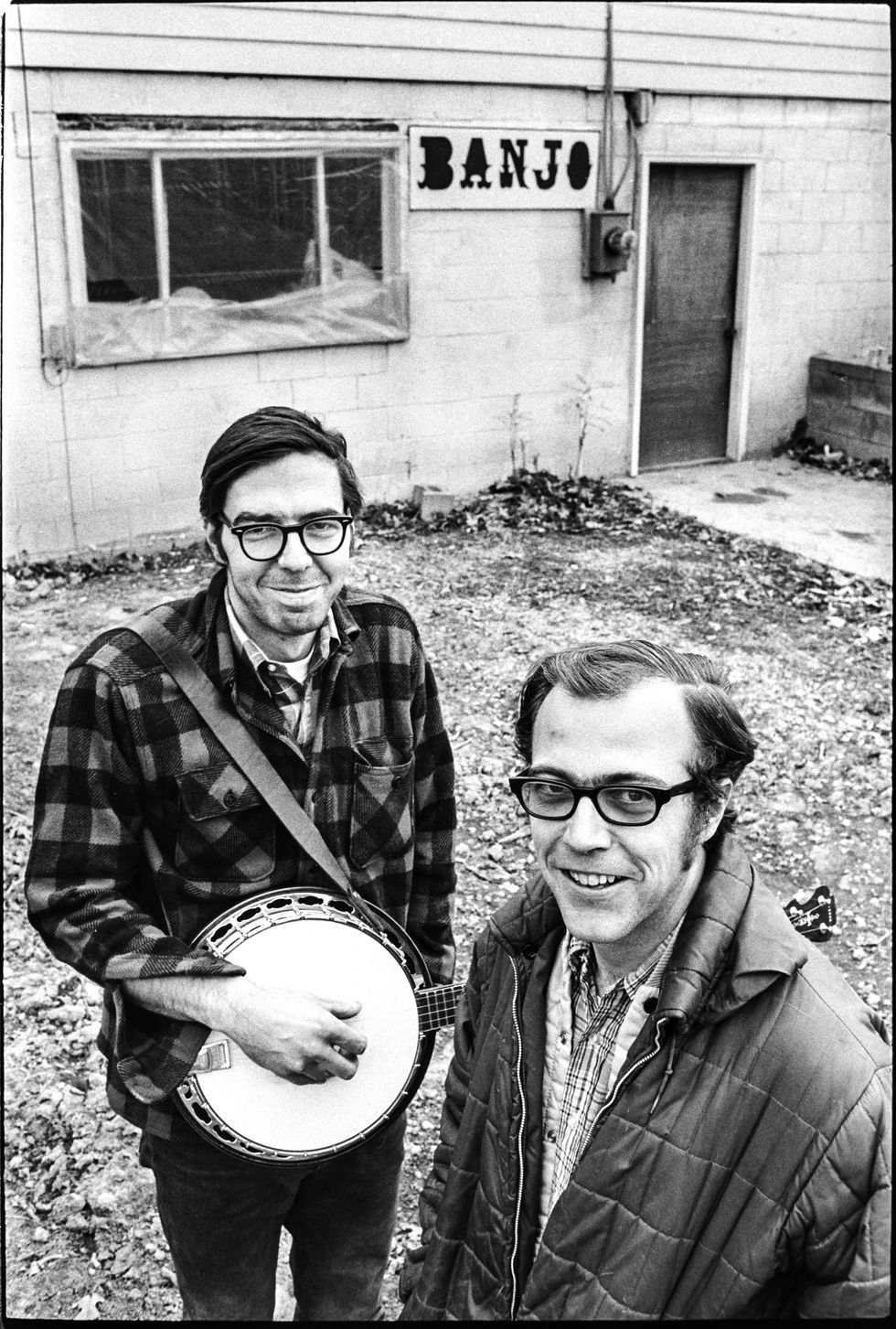
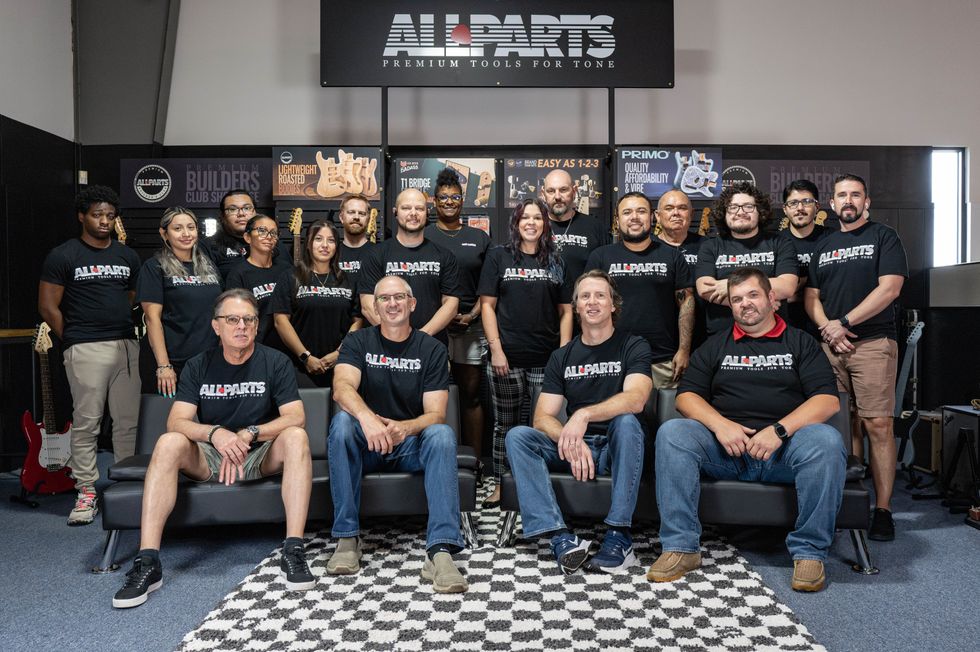 The Allparts team at their Houston warehouse, with Dean Herman in the front row, second from right.Photo by Enrique Rodriguez
The Allparts team at their Houston warehouse, with Dean Herman in the front row, second from right.Photo by Enrique Rodriguez